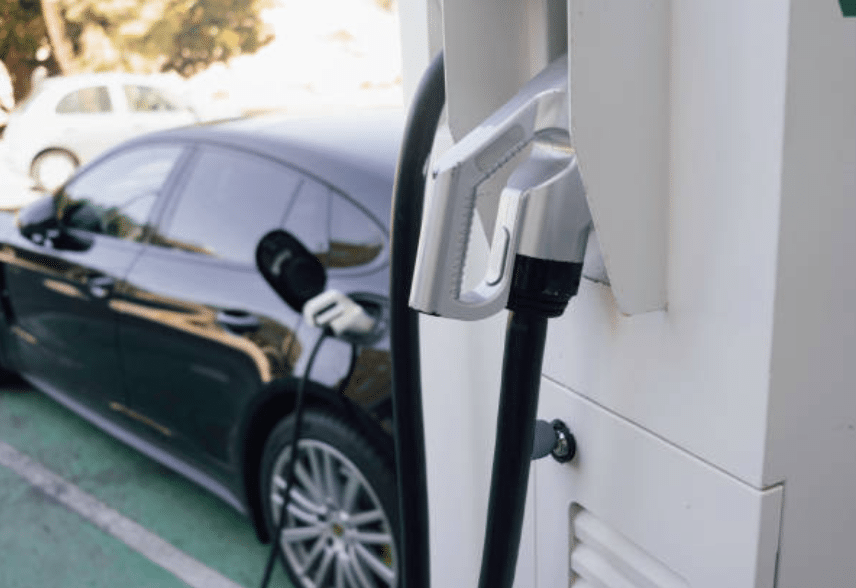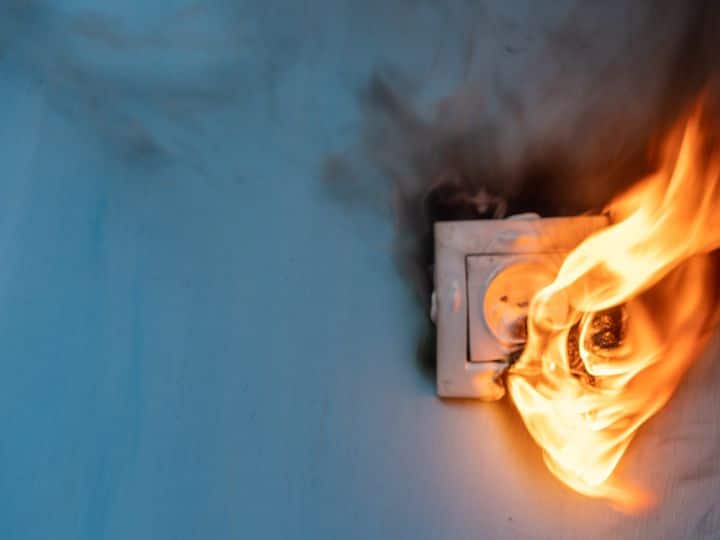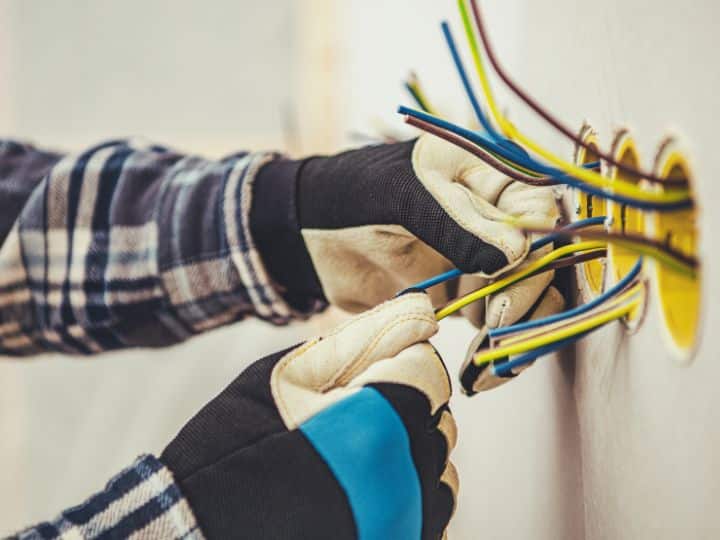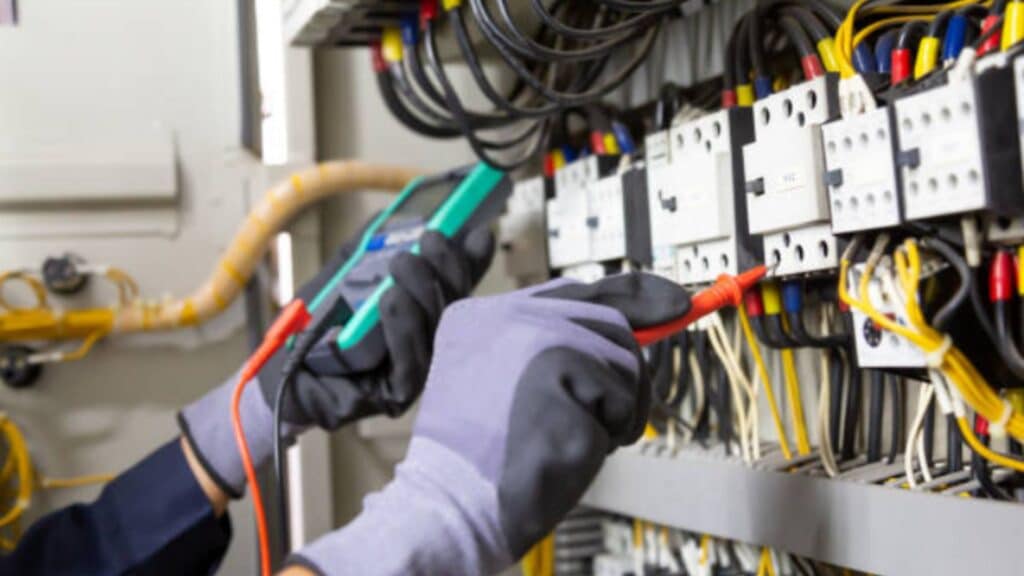
Electric Vehicles, also known as EVs, are a big deal these days. They run on electricity instead of gasoline like more cars we’re used to. This means they don’t produce tailpipe emissions, which is great for the environment. When you drive an EV, you’re helping to reduce air pollution and fight climate change. One cool thing about electric cars is that they can be charged at home. Imagine never having to go to a gas station again!
Check Your Home’s Electrical System
Before installation, you should get your home’s electrical system checked to ensure it can handle the extra load from an EV charger. This might mean upgrading your electrical panel or adding a new circuit. If your electrical system isn’t ready for the extra load, it could lead to problems like power outages or even safety hazards like fires. That’s why you should have a professional electrician take a look. They can tell if you need to upgrade your electrical panel or add new circuits specifically for the EV charger.
An electrician will also check that everything is up to the latest electrical codes and standards. This is not just about safety; it’s also about following the law. Plus, when your system is properly checked and upgraded if needed, your EV charger will work more efficiently and reliably.
EV Charging Station Installation Cost
The cost of installing an Electric Vehicle charging station at home can vary quite a bit. It depends on several factors, like the type of charger you choose and how much work needs to be done to your home’s electrical system. Generally, a basic level 1 charger might not cost much because it can often just plug into a standard wall outlet. But if you want a faster level 2 charger, you’ll probably need to pay more.
For a level 2 charger, you might spend anywhere from a few hundred dollars to a couple thousand. This includes the cost of a charger itself and the installation by a professional electrician. If your electrical panel needs an upgrade to handle the extra power, that will add to the cost as well.
Where to Install Your EV Charger?
Choosing the right spot to install an electric vehicle charger at home is pretty important. You want to pick a place that’s both convenient and safe. Most people choose to install their EV charger in their garage or carport. This is a good spot because it keeps the charger protected from bad weather, and it’s also where cars are usually parked.
If you don’t have a garage or carport, you can still install an EV charger outside. Just make sure it’s a weatherproof model designed for outdoor use. It should be close to where you park your car so the charging cable can easily reach. Also, think about how far the charger will be from your electrical panel because the closer it is, the less it might cost to install.
You’ll also need to consider the length of the charging cable and make sure there’s enough space around the charger for safe and easy access. And don’t forget that you might need permission from your local government or homeowner’s association before you install anything.
Do You Need a Permit To Install an EV Charger in San Francisco?
In San Francisco, if you’re thinking about installing an electric vehicle (EV) charger at home, you’ll need to get a permit. This is because the city wants to make sure that all electrical works meet safety standards. Getting a permit helps to avoid any problems with your electrical system and ensures that everything is up to code.
To get a permit, you usually have to submit some paperwork to the city’s Department of Building Inspection. This might include details about your electrical panel, the charger you want to install, and where it will go. Sometimes, you might also need to have an inspection after the installation to make sure everything was done right.
It’s important to know that the rules can change, so it’s a good idea to check the latest information from the city or talk to a professional installer. They can help guide you through the process and take care of the technical stuff. Even though getting a permit might seem like extra work, it’s there to keep you and your home safe while you enjoy the benefits of your new EV charger.
Get a Government Grant When You Install an EV Charger
There are grants and incentives available for installing an electric vehicle (EV) charger at home. These programs are designed to encourage more people to switch to electric cars by making them easier and more affordable to charge. The federal government often offers tax credits that can reduce the cost of your EV charger and installation. Additionally, many states and local governments have their own rebate programs.
For example, you might need a certain amount of money back after buying and installing an EV charger. Sometimes, utility companies also offer rebates or special rates for electricity used to charge electric cars. It’s important to do some research or talk to a professional installer who knows about the latest incentives in your area. They can help you understand what’s available and how to apply for these benefits. By taking advantage of these grants and rebates, you can significantly lower the cost of getting an EV charger at home.



